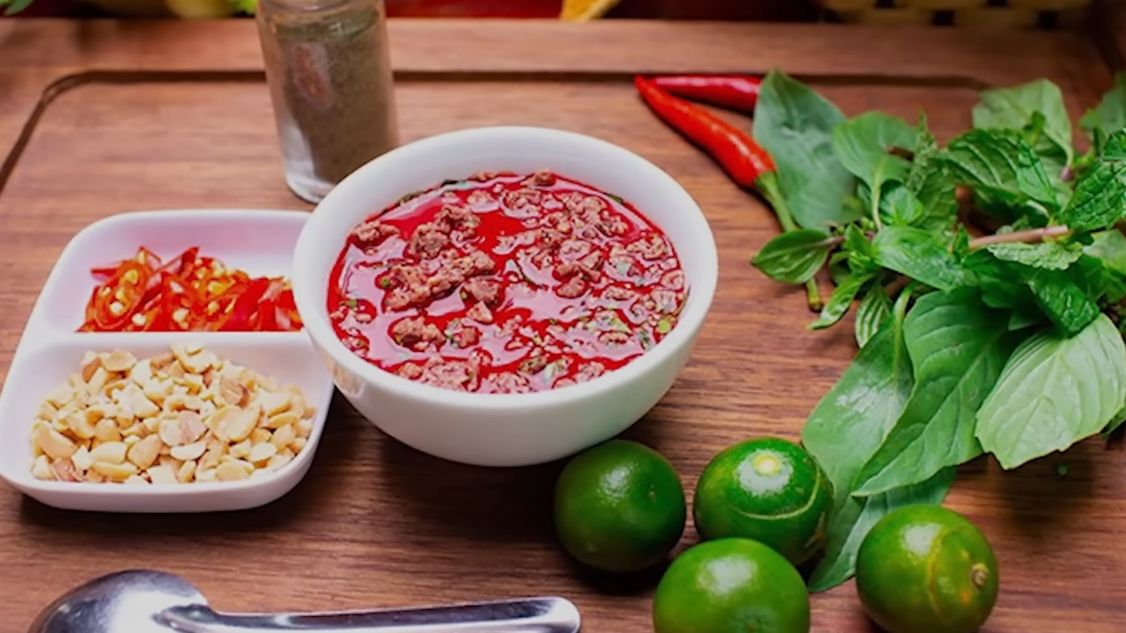1. Special dishes:
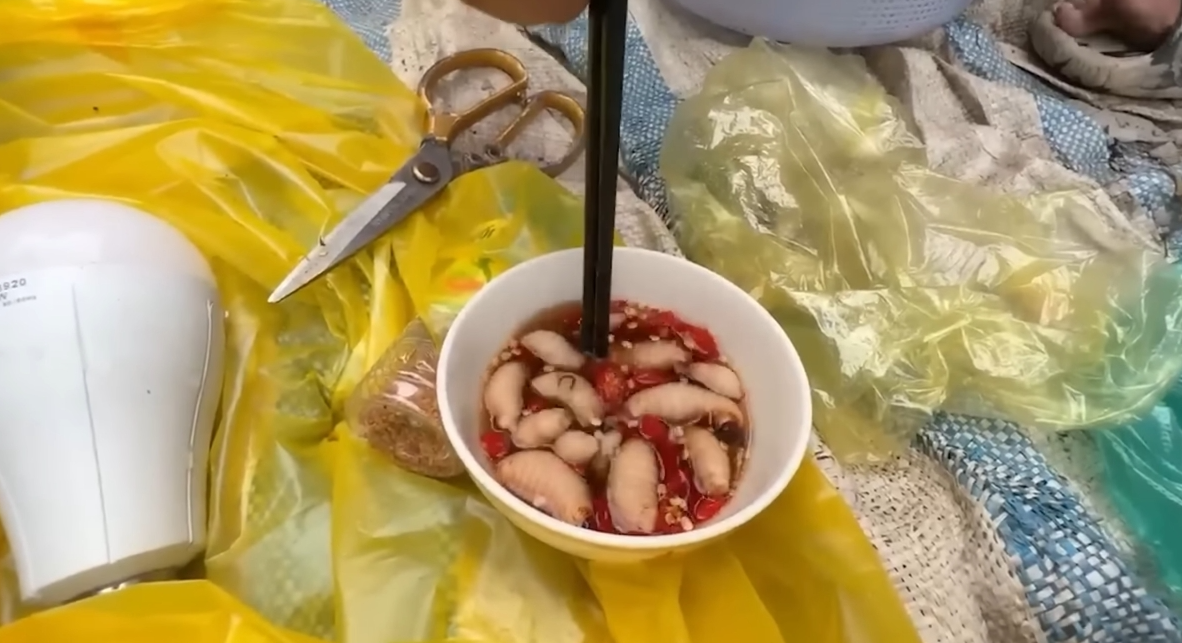
One of the special dishes is blood pudding - a fresh dish of the Vietnamese. Blood pudding is made from the blood of animals after it is drawn and still fresh, then mixed with fish sauce or light salt water. The blood is then chopped finely and mixed with other ingredients such as cartilage, intestines, and parts of the animal's body. This dish is not something everyone can make; only those with skills and experience can create a rich and delicious batch of blood pudding.
Blood pudding comes in many varieties such as pig blood pudding, duck blood pudding, goose blood pudding, crab blood pudding, goat blood pudding, snake blood pudding, and lobster blood pudding, but the most popular are still pig blood pudding and duck blood pudding. Although it is favored by many in Vietnam, this dish is rarely found in other countries around the world. The sight of a bright red bowl of blood pudding can also startle many due to its strangeness and fearfulness.
In addition, there is another special dish called "duong." Duong is a marine creature that looks half worm, half eel, resembling a centipede with a green-yellow-purple color. They have hundreds of legs or flower-like shapes and are often found hiding under rocks, sand, and in seaweed. Although their shape may frighten many, the meat of duong is very delicious and nutritious, containing more protein than shrimp, crabs, or crabs. However, eating duong also carries many risks of poisoning and intestinal diseases, especially for those with weak digestive systems. Therefore, when enjoying this dish, one must be careful and pay attention to their health.
Have you ever tried eating rat meat? For many, the thought of eating rat meat may be very disgusting and frightening. However, rat meat, especially field rats, is processed into many specialty dishes, prioritized on the menus of restaurants. Field rat meat is white and delicious, similar to chicken meat. After being processed, rat meat can be made into hundreds of dishes from simple to complex. Some special dishes with unique flavors include grilled rat with lemongrass and chili, salty rat with salt, rat wrapped in leaves, grilled lemongrass marinated rat, minced rat with mango, or rat wrapped in lime leaves and grilled.
The method of processing and cooking rat meat is also very important to ensure flavor and food safety. Rat meat is most delicious when processed by roasting it golden and peeling it to remove moisture from the meat. During the harvest season, people often use bamboo (a food used for grilling) from the bamboo branches to roast rats. The image of clean and deliciously processed rats amazes many, but not everyone dares to try this specialty dish.
2. Dare to try:
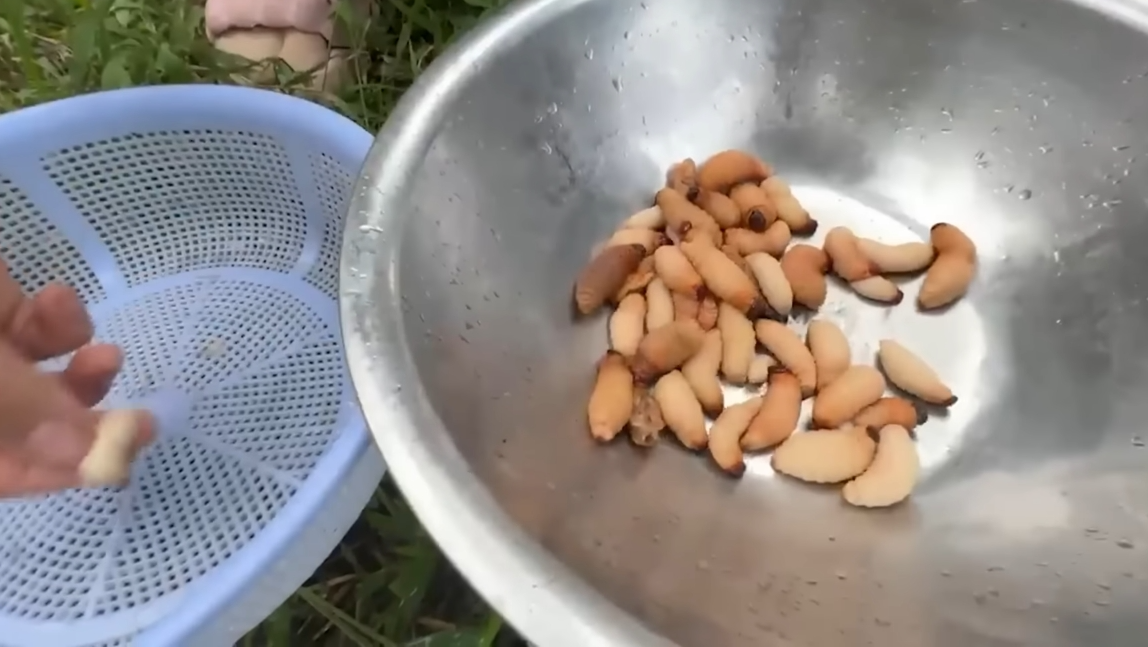
Another special dish is coconut worms. Coconut worms are the larvae of the Dương beetle after the mating season. This beetle usually chooses coconut trees to lay eggs, and then the larvae develop by eating the heart of the coconut. Coconut worms have a sweet, fatty, and fragrant taste, making them a unique specialty popular in coconut regions like the Mekong Delta. However, the shape of coconut worms, resembling a caterpillar, and their movement by wriggling can make many people uncomfortable and scared. The most popular dish made from coconut worms is dipping them in fish sauce and eating them raw, creating a distinctive flavor that many compare to the taste of chicken eggs melting in the mouth.
In the Northwest region, another specialty dish is "nậm bịa," also known as "feces." The nậm water is cloudy and has a characteristic bitter smell. Some diners may feel uncomfortable when enjoying this dish due to its appearance and the sensation when swallowing. However, nậm bịa is actually part of the feces of herbivorous animals, which helps digest food and provides nutrients to the body. Although it is not a delicious dish, nậm bịa is very nutritious and not as scary as many people think.
In many Thai families in Sơn La, "jumping fish salad" is an indispensable specialty. Although the preparation is quite simple, this dish is very picky about eaters. The unique feature of jumping fish salad is the strange way of enjoying it: the fish still swim and jump in the water, going straight into the mouth when eaten. To prepare this salad, jumping fish must be raised in natural ponds or caught in streams far from residential areas. The fish caught must still be alive, and usually, small fish, only the size of an adult's thumb, are chosen. After that, the fish are placed in a clean saltwater basin to swim freely and expel all the dirt from their bodies.
The most distinctive feature of this dish is the accompanying spices. Jumping fish are often eaten with fresh bananas and herbs like mint, along with spices like salt, monosodium glutamate, garlic, and chili. Especially, "mắc khén" seeds are a characteristic spice of the Thai people, chopped finely and combined with other spices to create a rich, spicy, and sweet flavor.
Although jumping fish salad is considered a specialty of the Northwest region, not everyone dares to try it because this dish is seen as unsafe and unsanitary. However, for the locals, jumping fish salad is an essential part of their daily meals, symbolizing their unique culinary culture.
Another very delicious dish is shrimp paste. Made from shrimp and salt, shrimp paste is often eaten with vermicelli and tofu or meat. The smell of shrimp paste is truly a haunting experience, and it is also considered food that has the effect of warding off evil spirits in the beliefs of the Vietnamese.
3. Aroma:
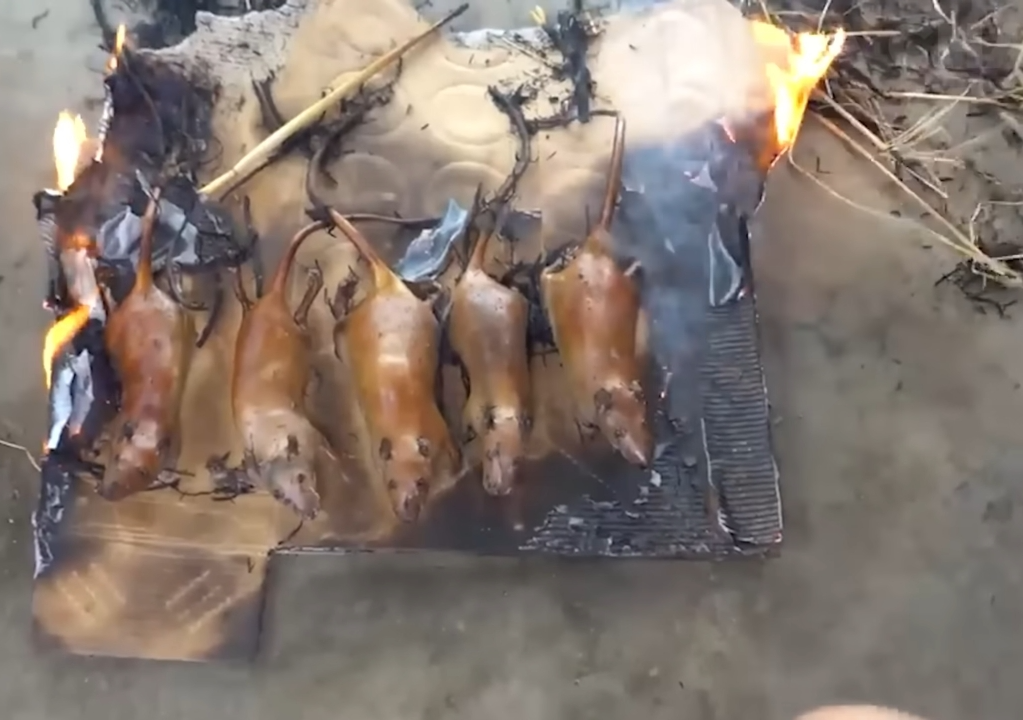
When using shrimp paste as a dipping sauce, it is often combined with pig intestines, boiled pork, or dog meat, and can be eaten with herbs like sour starfruit or sour starfruit, depending on the type of meat. Shrimp paste is not only used with main dishes like grilled beef wrapped in betel leaves or Hanoi fish cake, but it can also be mixed with hot fried fat, creating a special and delicious flavor. Another special dish you may not have heard of is stream moss. Although moss is often associated with dampness and richness, in the Northwest region, stream moss is considered a valuable specialty, often used in dishes like moss stewed with bones. Some bizarre dishes from around the world are displayed in museums in Sweden, but perhaps the most famous is the fertilized duck egg of Vietnam. Although it is a popular and common dish in Vietnam, fertilized duck eggs still leave a strong impression on foreign tourists, especially Westerners, for whom enjoying this dish is almost a challenge due to concerns about cultural differences in cuisine and anxiety about eating an underdeveloped duck.
Vietnam, a country with a rich culinary culture, diverse and deeply ethnic, is not only famous for its delicious dishes but also has dishes that surprise and even frighten many. In the journey to explore Vietnamese cuisine, we will together discover the most bizarre dishes, where the essence of the countryside is present in every flavor, every preparation method, and every meaningful story.
Blood Pudding - A Special Flavor from Tradition
Blood pudding, a dish that seems simple but hides secrets and uniqueness. The main ingredient of this dish is blood, that is, the blood of animals. Although blood pudding originates from rural areas, it attracts the attention of urban dwellers. The mixture of fresh blood and spices creates a distinctive flavor, alluring but also evokes many negative reactions from consumers.
4. Reactions:
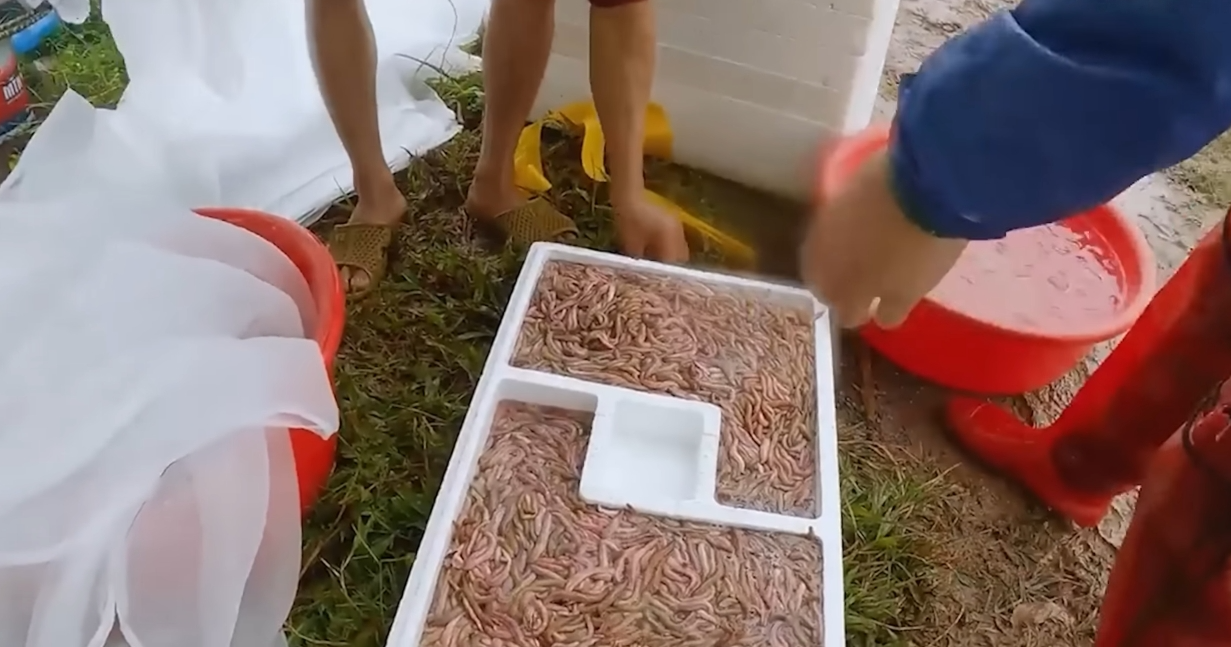
Field Rat - A Specialty of the Homeland
In the menu of the Vietnamese, field rats are not only a harmful animal but also a special dish. Processed from field rats, rat salad brings a unique flavor and attracts the curiosity of many diners. However, eating rats is still controversial, and not everyone dares to try.
Coconut Worms - The Marvel of the Sea
Coconut worms, a special dish only found in the coastal regions of Vietnam. Coconut worms are not only a delicious seafood but also a symbol of creativity and the wonders of nature. Although the appearance of coconut worms may frighten many, their delicious and nutritious flavor makes people eager to explore.
Nậm Bịa - Unique Flavor from the Mountains
Nậm bịa, a dish originating from the high mountainous region of Northwest Vietnam, is not only a specialty but also a symbol of patience and creativity in food preparation. Although it may make many feel spiritually unacceptable, the delicious and unique taste of nậm bịa still makes many diners want to try it.
Stream Moss - The Flavor of the Mountains and Forests
Stream moss, a rustic food but full of cultural and nutritional value. Stream moss is not only an important food source in the daily lives of people living in mountainous areas but also a unique dish that amazes and delights many.
Conclusion
Looking at the list of the most bizarre dishes in Vietnam, we not only see the diversity and richness of Vietnamese cuisine but also understand the delicate combination of cultural identity and creativity in food preparation. These dishes not only enrich the flavor palette but also serve as a bridge between people and their homeland, providing us with a deeper insight into the culinary culture of Vietnam.
